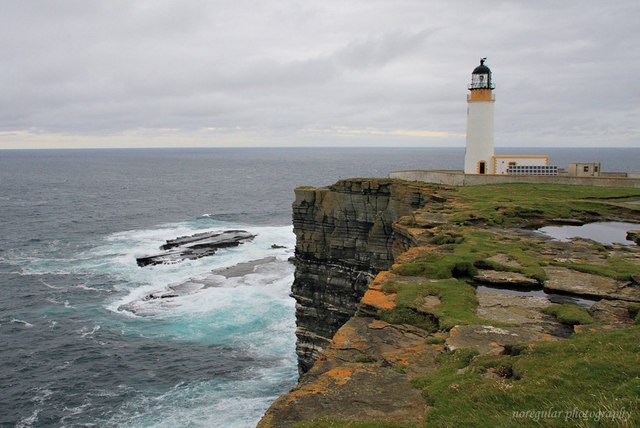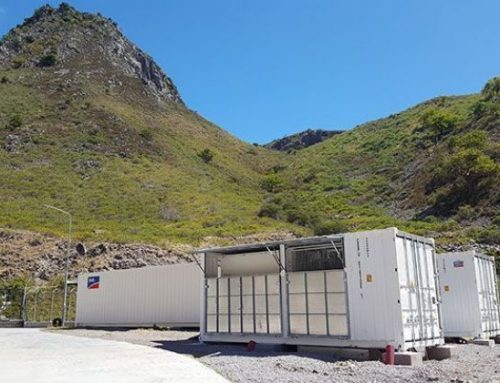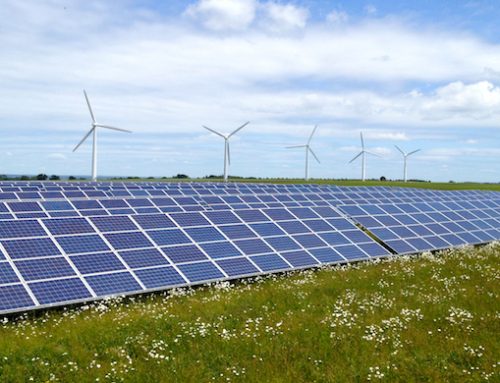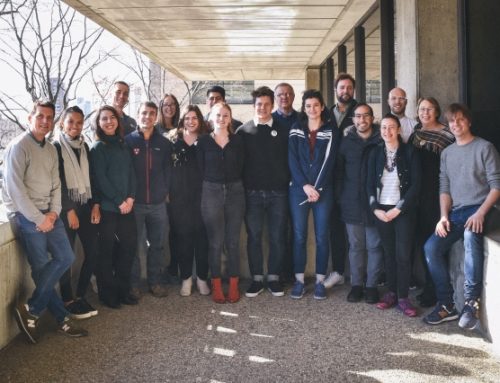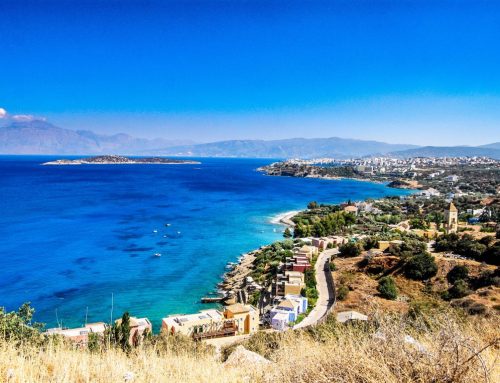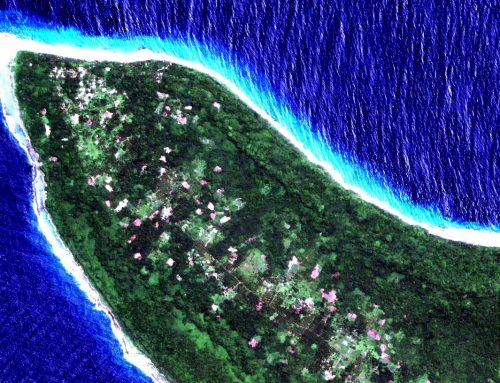Renewable energy entrepreneurs on the Scottish Orkney Islands are working on plans that could make them the first in the world to launch seagoing ferries powered by hydrogen, a fuel that may drastically cut the carbon footprint of the transport sector.
Sitting just off the northern edge of the British Isles, the Orkney archipelago is made up of about 20 populated islands and is “blessed” by nature: windswept and surrounded by strong tidal currents. Orkney, which used to import power, now generates on average 120% of its own needs.
This makes the location today a centre for research into renewable energy, including wind turbines, electric vehicles and wave and tidal power. This abundance of clean power has made the Orkneys an ideal place for hydrogen, created from water that is electrolysed using clean energy.
On the remote island of Eday, an experimental energy initiative backed by the European Marine Energy Centre in 2017 successfully used tidal power to produce hydrogen. With €12 million in funding, it’s now developing a hydrogen power system for the car and passenger ferries that connect the Orkney archipelago with the British mainland.
If the ferry launch proceeds as planned by 2021, the Eday project looks set to beat competition from other parts of the globe to become the first in the world to power a seagoing vehicle and passenger ferry using hydrogen.
Neil Kermode, managing director of Orkney’s European Marine Energy Centre, told the Financial Times: “We’re proving that you can take the wind and the waves and the tides around us and use it to propel vessels through the water.”

